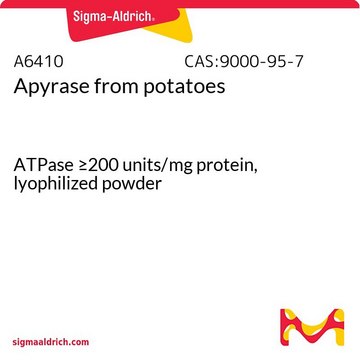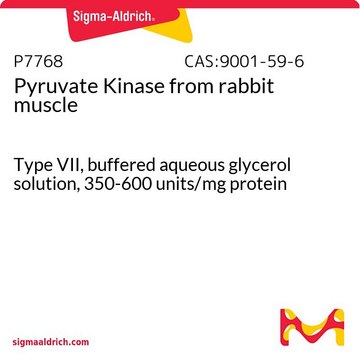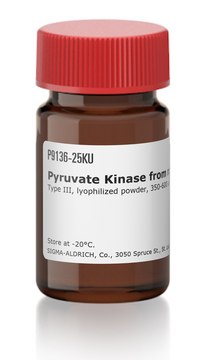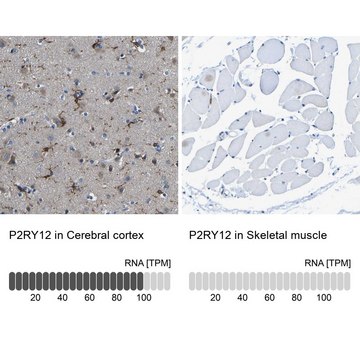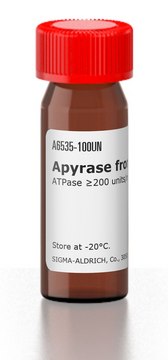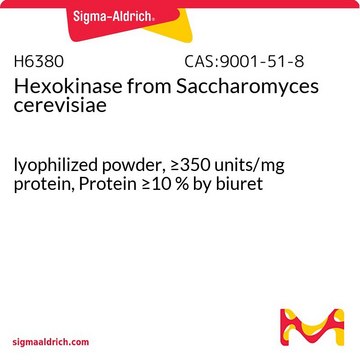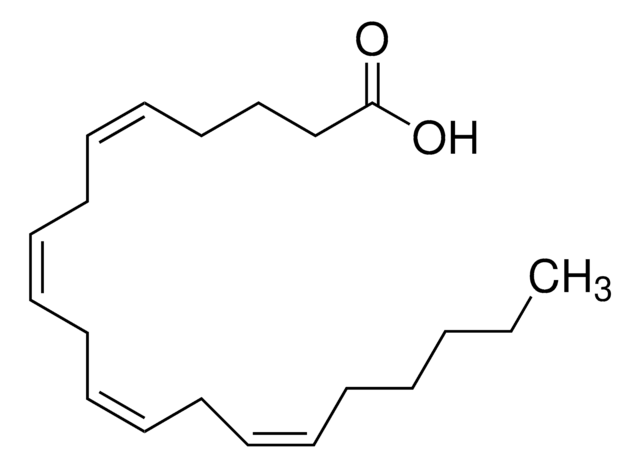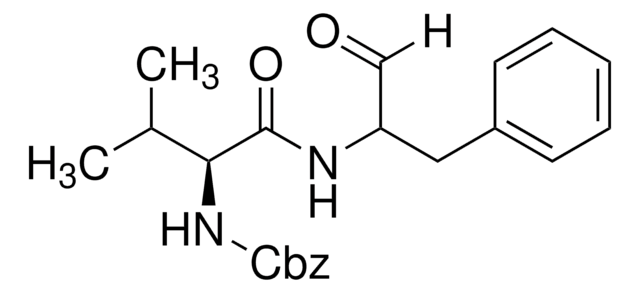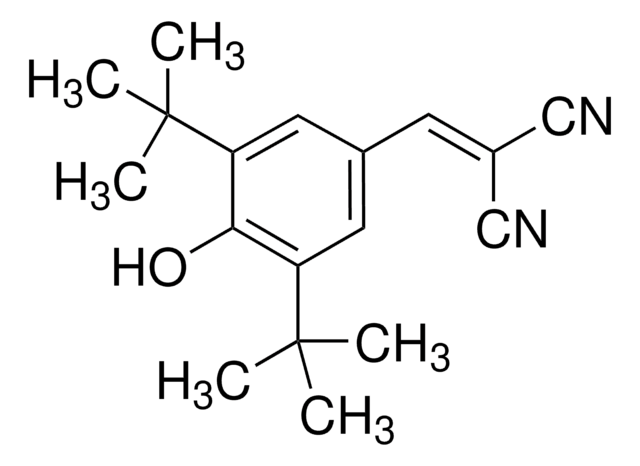Recommended Products
form
saline suspension
extent of labeling
2-10 μmol per mL
matrix
4% beaded agarose
matrix activation
cyanogen bromide
matrix attachment
amino
matrix spacer
1 atom
storage temp.
2-8°C
Application
L-leucine-agarose is used in protein chromatography, affinity chromatography and amino acid resins. L-leucine-agarose has been used to study pulp regeneration following pulp exposure as well as to compare polymeric and monomeric affinity ligands′ adsorption affinity, capacity and selectivity to oligopeptide.
Physical form
Suspension in 2.0 M NaCl
Storage Class Code
11 - Combustible Solids
WGK
WGK 3
Flash Point(F)
Not applicable
Flash Point(C)
Not applicable
Personal Protective Equipment
dust mask type N95 (US), Eyeshields, Gloves
Choose from one of the most recent versions:
Certificates of Analysis (COA)
Lot/Batch Number
Don't see the Right Version?
If you require a particular version, you can look up a specific certificate by the Lot or Batch number.
Already Own This Product?
Find documentation for the products that you have recently purchased in the Document Library.
Amelogenin Exons 8 and 9 Encoded Peptide Enhances Leucine Rich Amelogenin Peptide Mediated Dental Pulp Repair
Huang, Y., et al.
Cells Tissues Organs (2012)
Jing Feng et al.
Journal of colloid and interface science, 355(2), 478-485 (2011-01-15)
This work aimed to compare two types of affinity ligands, i.e. polymeric and monomeric ligands, by investigating their adsorption affinity, capacity and selectivity to oligopeptide. The peptide NH(2)-VVRGCTWW-COOH (VW-8) was chosen as the target adsorbate, while histidine (His), aspartic acid
Marina Marcuschi et al.
Biochemical and biophysical research communications, 396(3), 667-673 (2010-05-05)
An enzyme was purified from the pyloric caecum of tambaqui (Colossoma macropomum) through heat treatment, ammonium sulfate fractionation, Sephadex G-75 and p-aminobenzamidine-agarose affinity chromatography. The enzyme had a molecular mass of 23.9 kDa, NH(2)-terminal amino acid sequence of IVGGYECKAHSQPHVSLNI and
Dong Hwan Ho et al.
Cell biochemistry and function, 36(8), 431-442 (2018-11-10)
Leucine-rich repeat kinase 2 (LRRK2) is a causal gene of Parkinson disease. G2019S pathogenic mutation increases its kinase activity. LRRK2 regulates various phenotypes including autophagy, neurite outgrowth, and vesicle trafficking. Leucyl-tRNA synthetase (LRS) attaches leucine to tRNALeu and activates mTORC1.
Our team of scientists has experience in all areas of research including Life Science, Material Science, Chemical Synthesis, Chromatography, Analytical and many others.
Contact Technical Service